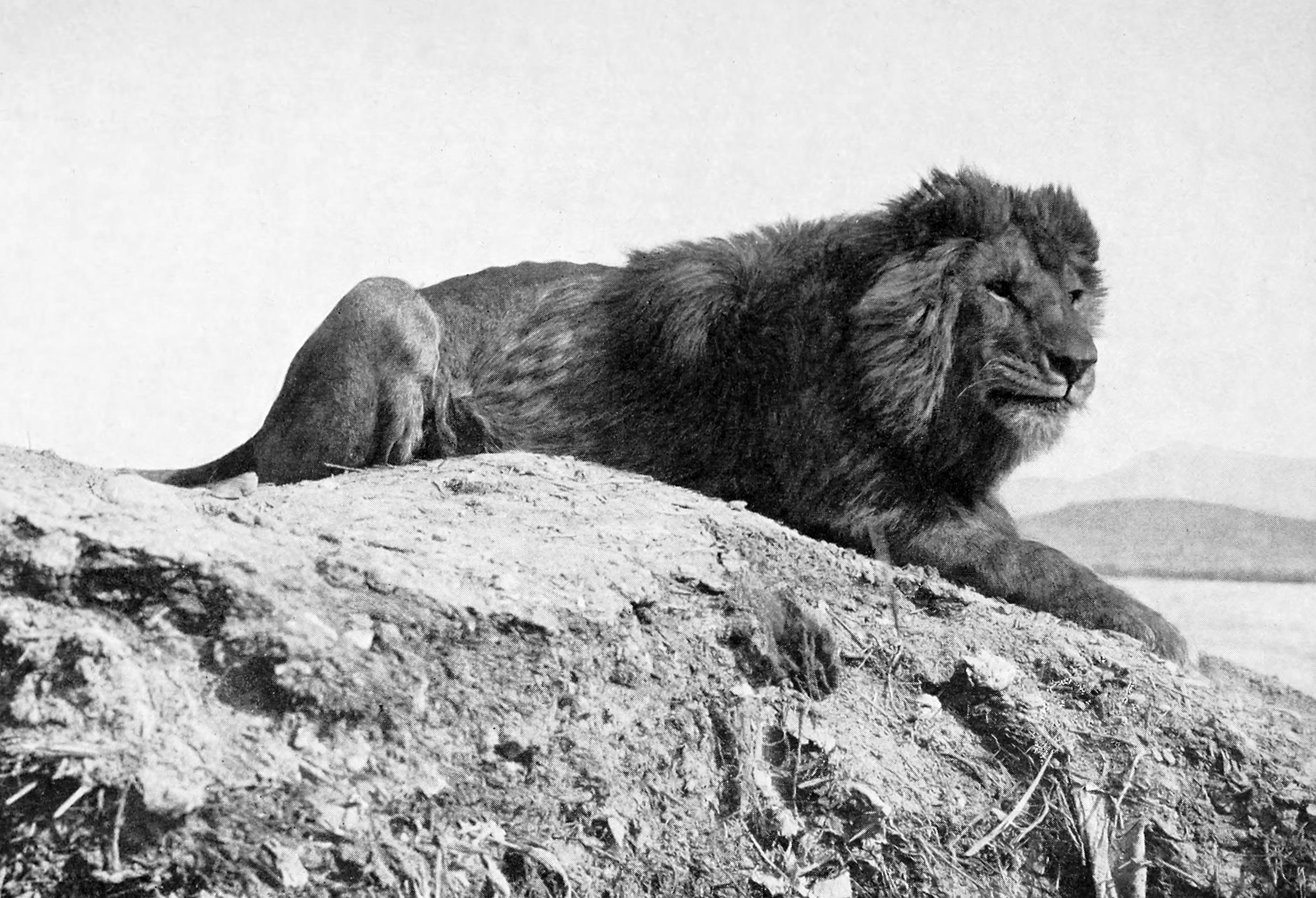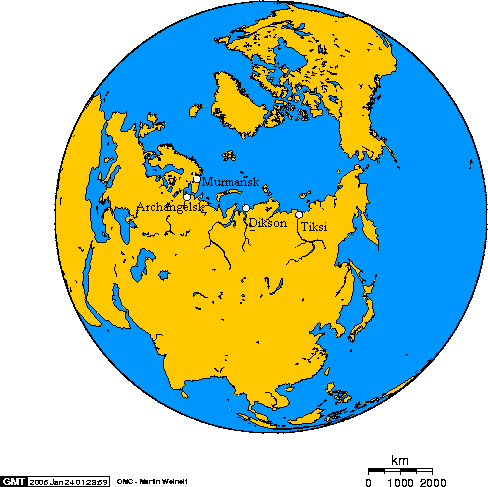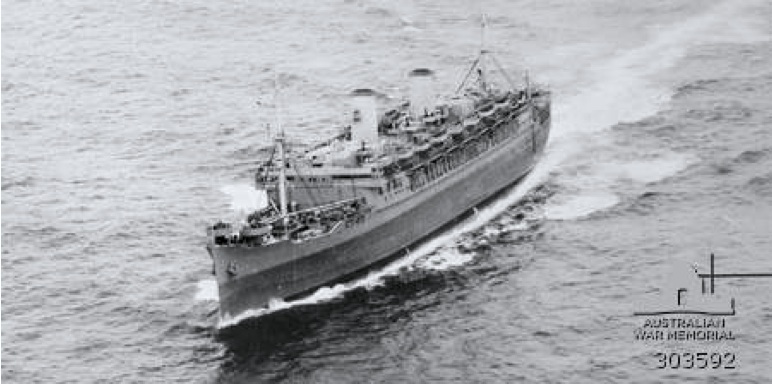|
SS Nathanael Greene
SS ''Nathanael Greene'' ( MC contract 146) was a Liberty ship built in the United States during World War II. She was named after Nathanael Greene, Continental Army general famous for his service in the Southern theater of the American Revolutionary War. She was operated by the United States Lines under charter with the Maritime Commission and War Shipping Administration. The ship was laid down by North Carolina Shipbuilding Company in their Cape Fear River yard on May 22, 1941, then launched on January 17, 1942. She was operated by United States Lines for the War Shipping Administration. In September 1942 ''Greene'' was part of the heavily escorted Arctic Convoy PQ 18 Convoy PQ 18 was an Arctic convoy of forty Allied freighters from Scotland and Iceland to Arkhangelsk in the Soviet Union in the war against Nazi Germany. The convoy departed Loch Ewe, Scotland on 2 September 1942, rendezvoused with more ships an .... When fellow merchant ship SS ''Mary Luckenbach'' wa ... [...More Info...] [...Related Items...] OR: [Wikipedia] [Google] [Baidu] |
Nathanael Greene
Nathanael Greene (June 19, 1786, sometimes misspelled Nathaniel) was a major general of the Continental Army in the American Revolutionary War. He emerged from the war with a reputation as General George Washington's most talented and dependable officer, and is known for his successful command in the southern theater of the war. Born into a prosperous Quaker family in Warwick, Rhode Island, Greene became active in the colonial opposition to British revenue policies in the early 1770s and helped establish the Kentish Guards, a state militia. After the April 1775 Battles of Lexington and Concord, the legislature of Rhode Island established an army and appointed Greene to command it. Later in the year, Greene became a general in the newly established Continental Army. Greene served under Washington in the Boston campaign, the New York and New Jersey campaign, and the Philadelphia campaign before being appointed quartermaster general of the Continental Army in 1778. In October 17 ... [...More Info...] [...Related Items...] OR: [Wikipedia] [Google] [Baidu] |
Chartering (shipping)
Chartering is an activity within the Maritime transport, shipping industry whereby a ship-owner, shipowner hires out the use of their vessel to a charterer. The contract between the parties is called a charterparty (from the French ''"charte partie"'', or "parted document"). The three main types of charter are: demise charter, voyage charter, and time charter. The charterer In some cases a charterer may own cargo and employ a shipbroker to find a ship to deliver the cargo for a certain price, called freight rate. Freight rates may be on a per-ton basis over a certain route (e.g. for iron ore between Brazil and China), in Worldscale points (in case of oil tankers) or alternatively may be expressed in terms of a total sum - normally in U.S. dollars - per day for the agreed duration of the charter. A charterer may also be a party without a cargo who takes a vessel on charter for a specified period from the owner and then trades the ship to carry cargoes at a profit above the hire r ... [...More Info...] [...Related Items...] OR: [Wikipedia] [Google] [Baidu] |
Liberty Ships
Liberty ships were a ship class, class of cargo ship built in the United States during World War II under the Emergency Shipbuilding Program. Though British in concept, the design was adopted by the United States for its simple, low-cost construction. Mass-produced on an unprecedented scale, the Liberty ship came to symbolize U.S. wartime industrial output. The class was developed to meet British orders for transports to replace ships that had been lost. Eighteen American shipyards built 2,710 Liberty ships between 1941 and 1945 (an average of three ships every two days), easily the largest number of ships ever produced to a single design. Their production mirrored (albeit on a much larger scale) the manufacture of "Hog Islander" and similar standardized ship types during World War I. The immensity of the effort, the number of ships built, the role of Rosie the Riveter, female workers in their construction, and the survival of some far longer than their original five-year desig ... [...More Info...] [...Related Items...] OR: [Wikipedia] [Google] [Baidu] |
Oran, Algeria
Oran ( ar, وَهران, Wahrān) is a major coastal city located in the north-west of Algeria. It is considered the second most important city of Algeria after the capital Algiers, due to its population and commercial, industrial, and cultural importance. It is west-south-west from Algiers. The total population of the city was 803,329 in 2008, while the metropolitan area has a population of approximately 1,500,000 making it the second-largest city in Algeria. Etymology The word ''Wahran'' comes from the Berber expression ''wa - iharan'' (place of lions). A locally popular legend tells that in the period around AD 900, there were sightings of Barbary lions in the area. The last two lions were killed on a mountain near Oran, and it became known as ''la montagne des lions'' ("The Mountain of Lions"). Two giant lion statues stand in front of Oran's city hall, symbolizing the city. History Overview During the Roman Empire, a small settlement called ''Unica Colonia'' existed in t ... [...More Info...] [...Related Items...] OR: [Wikipedia] [Google] [Baidu] |
Merchant Marine Gallant Ship Citation
The Merchant Marine Gallant Ship Citation is an award of the United States Merchant Marine. The award is presented as a bronze plaque to vessels, with officers and crew being awarded a ribbon bar to denote the award. Both United States flagged vessels and foreign flagged vessels are eligible for the award. Criteria The Gallant Ship Citation is awarded by the Secretary of Transportation A secretary, administrative professional, administrative assistant, executive assistant, administrative officer, administrative support specialist, clerk, military assistant, management assistant, office secretary, or personal assistant is a wh ... to vessels, including foreign vessels, for, "participating in outstanding or gallant action in a marine disaster or other emergency to save life or property at sea." A bronze Gallant Ship Citation Plaque is awarded to the vessels. The officers and crew who served on those vessels designated as Gallant Ships are awarded a citation ribbon bar. At t ... [...More Info...] [...Related Items...] OR: [Wikipedia] [Google] [Baidu] |
Naval Armed Guard
United States Navy Armed Guard units were established during World War II and headquartered in New Orleans.World War II U.S. Navy Armed Guard and World War II U.S. Merchant Marine, 2007-2014 Project Liberty Ship, Project Liberty Ship, P.O. Box 25846 Highlandtown Station, Baltimore, M/ref> The purpose of the guard was to man the deck guns of merchant ships to provide a nominal defense against attack. This was to counter the constant danger presented by enemy submarines, surface raiders, fighter aircraft and bombers. There was a shortage of escort vessels to provide the merchant vessels with adequate protection. The NAG had three training centers, at Norfolk, Virginia; San Diego, California; and Gulfport, Mississippi. At the end of the war, there were 144,857 men serving in the Navy Armed Guard on 6,200 ships.Armed Guard - Sea Lane Vigilantes, Project Liberty Ship, 201/ref> Unit composition The United States Navy Armed Guard (USNAG) were U.S. Navy gun crews consisting of ... [...More Info...] [...Related Items...] OR: [Wikipedia] [Google] [Baidu] |
SS Mary Luckenbach (1941)
SS ''Mary Luckenbach'', was a cargo ship of the United States Navy. She was launched in 1918 and completed the following year by the American International Shipbuilding Corp., Hog Island, Pennsylvania as USS ''Sac City'' (ID-3861). Service history The U.S. Navy commissioned USS ''Sac City'' on 6 January 1919. At the end of January 1919, the ship sailed from Norfolk, Virginia, with a cargo destined for Montevideo, Uruguay. The ship arrived at Montevideo at the beginning of March 1919. She moved to the nearby port of Rosario, and loaded a private commercial cargo, which she took to Gibraltar. She sailed to New York City from Gibraltar in June 1919. ''Sac City'' was decommissioned on 17 June 1919 and transferred to the United States Shipping Board. She then entered commercial service as SS ''Sac City''. ''Sac City'' ran aground in the Scheldt at Walsoorden, Zeeland, the Netherlands, on 9 December 1926. She was refloated on 16 December 1926. On 11 March 1927, ''Sac City'' was ... [...More Info...] [...Related Items...] OR: [Wikipedia] [Google] [Baidu] |
Convoy PQ 18
Convoy PQ 18 was an Arctic convoy of forty Allied freighters from Scotland and Iceland to Arkhangelsk in the Soviet Union in the war against Nazi Germany. The convoy departed Loch Ewe, Scotland on 2 September 1942, rendezvoused with more ships and escorts at Iceland and arrived at Arkhangelsk on 21 September. An exceptionally large number of escorts was provided by the Royal Navy in Operation EV, including the first escort carrier to accompany an Arctic convoy. Detailed information on German intentions was provided by the code breakers at Bletchley Park and elsewhere, through Ultra signals decrypts and eavesdropping on ''Luftwaffe'' wireless communications. The German ''B-Dienst'' read some British signals and ''Luftwaffe'' used the lull in convoys after Convoy PQ 17 (27 June – 10 July) to prepare a maximum effort with the ''Kriegsmarine''. From 12 to 21 September PQ 18 was attacked by bombers, torpedo-bombers, U-boats and mines, which sank thirteen ships at a cost of forty-fou ... [...More Info...] [...Related Items...] OR: [Wikipedia] [Google] [Baidu] |
Cape Fear River
The Cape Fear River is a long blackwater river in east central North Carolina. It flows into the Atlantic Ocean near Cape Fear, from which it takes its name. The river is formed at the confluence of the Haw River and the Deep River (North Carolina) in the town of Moncure, North Carolina. Its river basin is the largest in the state: 9,149 square miles. The river is the most industrialized river in North Carolina, lined with power plants, manufacturing plants, wastewater treatment plants, landfills, paper mills and industrial agriculture. Relatedly, the river is polluted by various substances, including suspended solids and runoff and manmade chemicals. These chemicals include per- and polyfluoroalkyl substances (PFAS), GenX, perfluorooctanesulfonic acid (PFOS), perfluorooctanoic acid (PFOA), byproducts of production of the fluoropolymer Nafion; and intermediates used to make other fluoropolymers (e.g. PPVE, PEVE and PMVE Perfluoroether). Industrial chemicals such as 1,4-Dioxane ... [...More Info...] [...Related Items...] OR: [Wikipedia] [Google] [Baidu] |
War Shipping Administration
The War Shipping Administration (WSA) was a World War II emergency war agency of the US government, tasked to purchase and operate the civilian shipping tonnage the United States needed for fighting the war. Both shipbuilding under the Maritime Commission and ship allocation under the WSA to Army, Navy or civilian needs were closely coordinated though Vice Admiral Emory S. Land who continued as head of the Maritime Commission while also heading the WSA. Establishment A shortage of vessels further complicated by requirements to take vessels out of service for conversion and armament was of concern at the highest levels, including the President. Particular concern that available shipping would not be used effectively led to his establishment immediately on the nation's active entry into the war of the Strategic Shipping Board composed of the Chairman of the Maritime Commission, Army Chief of Staff, Chief of Naval Operations and Mr. Harry Hopkins reporting directly to the President ... [...More Info...] [...Related Items...] OR: [Wikipedia] [Google] [Baidu] |
United States Lines
United States Lines was the trade name of an organization of the United States Shipping Board (USSB), Emergency Fleet Corporation (EFC) created to operate German liners seized by the United States in 1917. The ships were owned by the USSB and all finances of the line were controlled by the EFC. Among the notable ships of this period was , a contender for largest ship in the world for a time. Eventually the line was sold and went private to continue operating as a transatlantic shipping company that operated cargo services from 1921 to 1989, and ocean liners until 1969—most famously, . 1920s United States Lines was the trade name of the United States Shipping Board's Emergency Fleet Corporation (EFC) organization created to operate the large German liners seized by the United States in 1917. By 1925 the corporation operated ex-German liners ''Leviathan'', , , and the USSB built ships and in service between New York and Europe. On 15 November 1921 the line began operating ... [...More Info...] [...Related Items...] OR: [Wikipedia] [Google] [Baidu] |
North Carolina Shipbuilding Company
North Carolina Shipbuilding Company was a shipyard in Wilmington, North Carolina, created as part of the U.S. Government's Emergency Shipbuilding Program in the early days of World War II. From 1941 through 1946, the company built 243 ships in all, beginning with the Liberty ship SS ''Zebulon B. Vance'', and including 54 ships of the US Navy. Most of the latter were attack cargo ships (AKA), amphibious force flagships (AGC) and ammunition ships (AE). A list of all 54 Navy ships appears at the end of this article, as does a link to a detailed record of all ships built by the company. History The company's history began in 1940, when the U.S. government saw the acute need to build a large fleet of Merchant ships, both to fulfill commitments to the British and, if The United Kingdom fell, to strengthen its position for war. The Maritime Commission decided to allow established shipyards to build new facilities and operate them for the government. Newport News Shipbuilding and Drydock ... [...More Info...] [...Related Items...] OR: [Wikipedia] [Google] [Baidu] |






